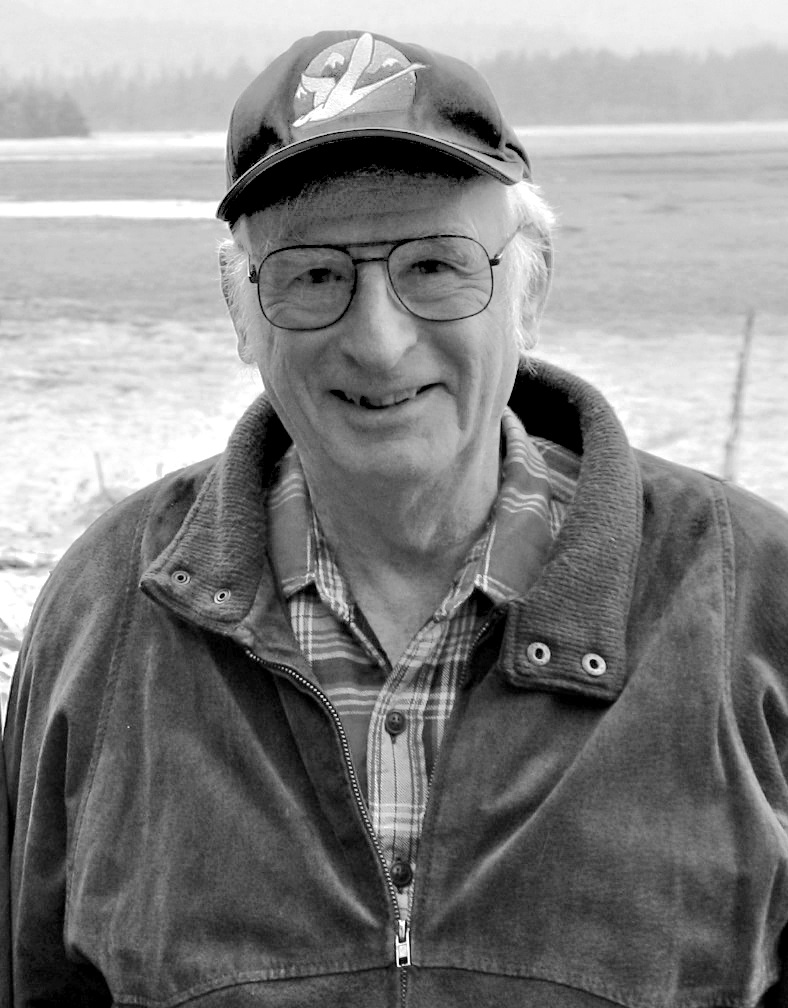 Jim King
Jim King
I was born in Portland, Maine and came to Alaska in 1949 where I have been a registered voter for some 65 years now.
I went to work as an Enforcement Agent under the Alaska Game Commission, in 1951. This was a system that gave some local identity to a FWS Regional Office that served as the game department for the Territory of Alaska. I learned to fly single engine airplanes on wheels, skis and floats in the Fairbanks area. I functioned as a game warden during hunting and trapping seasons and spent most of my summers assisting Alaska’s only full time waterfowl biologist with surveys and banding.
After Alaska became a State in 1959 and developed its own game department, FWS was much reduced with responsibility for federal laws and treaties such as the Migratory Bird Treaty Act, Federal Refuge Management and a few other laws. Because of my waterfowl experience I was appointed the first Refuge Manager for the 2.8 million acre National Wildlife refuge on the Yukon Delta recently designated by President Lyndon Johnson’s Interior Secretary, Stewart Udall. I my wife Mary Lou and two baby girls, moved to a new house at the Yupik village of Bethel. I had no secretary and no assistant so Mary Lou filled those roles and earned a salary which was never paid. While at Bethel I was able to explore the coastal habitat from Nome south to the Aleutian Islands during migration to try and understand the birds that nested on my refuge.
After two years at Bethel, the job of Supervisor of Waterfowl Investigations in Alaska which included the job of Flyway Biologist for Alaskan and Canada’s Yukon Territory, came open and I was offered the job with headquarters in Juneau. Big title but I had no authority over anybody but myself. I remained in that job for 20 years until retirement in 1983.
My biggest responsibility as “Waterfowl Supervisor” was the annual Breeding Pair Duck Survey which required about 100 hours of flying in May/June over the big river flood plains and coastal marsh lands all over temperate Alaska and a little bit of the Yukon. By recording duck numbers on 214 transect segments each 16 miles long, I could report changes from the preceding year and from the ten year averages, data useful in developing hunting regulations for US and Canada to the south.
Other efforts as Waterfowl Supervisor included: Developing population numbers for the abundant Bald Eagles in south coastal Alaska at a time when they were endangered in all other States; developing population numbers for Trumpeter Swans nesting in Alaska; experimenting with aerial observations of cliff nesting seabirds; leading banding crews for ducks and geese that nest in Alaska and disperse from eastern Siberia to the Caribbean Islands. What an exciting place to be doing bird work.
I flew 30 years for FWS logging 6555 hours as pilot in command and after retirement another 3000 some hours as co-pilot/observer with FWS and private companies doing bird work, all in Alaska. I didn’t have any life threatening accidents to report.
As well as my own book, Attending Alaska’s Birds, I had about 50 published papers and chapters in four books.
I received various recognitions and awards most significant being Honorary Doctor of Science from the University of Alaska 1989 and Award for Distinguished Service, US Department of Interior, 2002.
In retrospect I had a very rewarding career with FWS. I wear my National Wildlife Refuge System, 1903-2003, belt buckle every day with pride. I can’t think of anything I regret or opportunities I missed. I haven’t mentioned the dozens of people who were part of my work but I virtually never worked alone. Lots of them are mentioned in my book.